What is Oil Crisis Architecture?
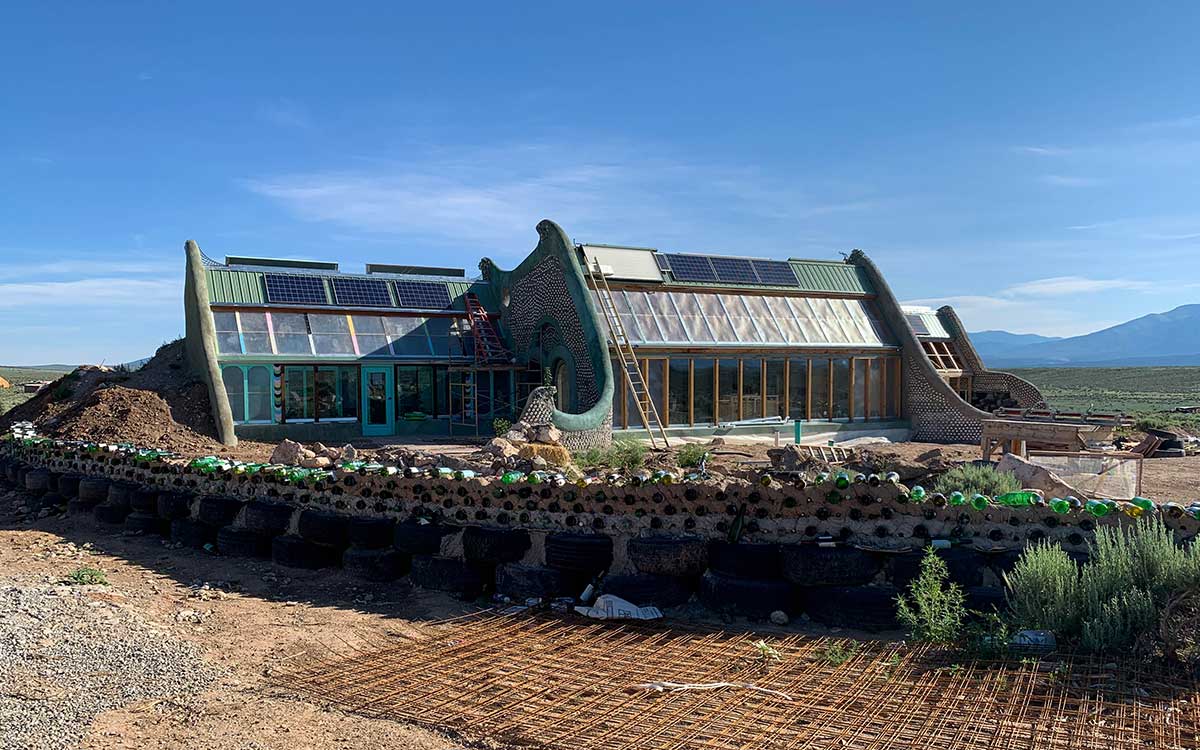
The Resurgence of Modernist Principles in Contemporary Architecture: Neo-Modernism
Neo-Modernism emerged in the late 20th and early 21st centuries as a reinterpretation of modernist principles in architecture. This movement developed in response to the perceived excesses of postmodernism and the need to address contemporary challenges such as sustainability, technological innovation, and urbanization.
Historical Context and Key Characteristics
The rise of Neo-Modernism reflects a renewed appreciation for the clarity, simplicity, and functionality of modernist design. Key features of Neo-Modernist architecture include:
- Clean lines and simple geometric forms
- Use of advanced materials and technologies
- Integration of sustainable design principles
- Attention to human scale and comfort
- Consideration of local context and culture
- Refined detailing and craftsmanship
Cultural Context:
In an era of rapid technological change and environmental crisis, the Neo-Modernist emphasis on efficiency, adaptability, and problem-solving resonates with contemporary cultural values. The movement seeks to create architecture that is responsive to the needs of today’s society while maintaining a connection to the timeless principles of modernism.
Technological Advances:
Neo-Modernism is closely linked to advances in building technologies, materials science, and digital design tools. The use of high-performance materials, prefabrication techniques, and parametric design software enables architects to create buildings that are more efficient, sustainable, and responsive to user needs.
Political Landscape:
The Neo-Modernist approach aligns with the growing global emphasis on sustainability, resilience, and social responsibility in the built environment. The movement’s focus on creating adaptable, future-oriented buildings reflects the political imperative to address issues such as climate change, urbanization, and housing affordability.
Key Innovators:
Several influential architects and firms have been at the forefront of the Neo-Modernist movement, including:
Norman Foster: British architect known for his high-tech, sustainable designs, such as the Gherkin in London and the Hearst Tower in New York.
Rem Koolhaas and OMA: Dutch architect and his firm, known for their innovative, research-driven approach to architecture and urbanism.
Zaha Hadid Architects: Founded by the late British-Iraqi architect, the firm is known for its fluid, parametric designs that push the boundaries of form and space.
Herzog & de Meuron: Swiss architects known for their minimalist, material-driven designs, such as the Tate Modern in London and the Beijing National Stadium.
Related Architectural Styles:
Neo-Modernism is closely related to and often overlaps with other contemporary architectural movements that build upon the legacy of modernism, including:
High-Tech Architecture: A style that emphasizes the use of advanced technologies and industrial materials in building design, often resulting in a futuristic or machine-like aesthetic.
Minimalism: A reductive approach that seeks to strip away ornament and complexity in favor of simple, geometric forms and a focus on materiality.
Parametricism: A design approach that uses computational algorithms to generate complex, adaptive forms and patterns, often resulting in fluid, organic-looking structures.
Dialectical Materialist Perspective
From a dialectical materialist viewpoint, Neo-Modernism represents a synthesis of modernist ideals and contemporary realities. It emerged from the contradiction between the utopian visions of early modernism and the complex social and environmental challenges of the present day. The movement embodies the tension between the desire for universal solutions and the need for contextual sensitivity.
Jungian Depth Psychology Analysis
Through the lens of Carl Jung’s analytical psychology, Neo-Modernism can be interpreted as an expression of several archetypes:
- The Creator archetype, embodying innovation and problem-solving, is evident in the movement’s emphasis on advanced technologies and adaptable design solutions.
- The Sage archetype, representing wisdom and clarity of thought, is reflected in the pursuit of refined simplicity and timeless design principles.
- The Self archetype, symbolizing the drive towards wholeness and integration, is manifest in the attempt to balance universal principles with local contexts and human-centered design.
The reconciliation of modernist ideals with contemporary concerns in Neo-Modernism can be seen as an integration of the Senex (Old Man, representing tradition) and Puer (Eternal Youth, representing innovation) archetypes.
Ego Perspective:
Assertions and Insecurities Neo-Modernism asserts the continuing relevance of modernist principles in contemporary architecture. The movement projects an image of sophistication, innovation, and forward-thinking, while also emphasizing a commitment to quality, craftsmanship, and sustainability.
However, Neo-Modernism also reveals certain cultural insecurities. The attempt to address the critiques of early modernism might reflect anxieties about the failures of 20th-century urban planning and architecture. The focus on contextual sensitivity and human-centered design could be seen as a reaction to the perceived coldness and alienation associated with some modernist buildings.
Lasting Influence, Criticisms, and Modern Context
Neo-Modernism has had a significant impact on contemporary architectural practice, particularly in the design of cultural institutions, corporate headquarters, and high-end residential projects. The movement’s principles have influenced the development of sustainable design practices and the integration of digital technologies in architecture.
However, the movement has also faced criticisms. Some argue that Neo-Modernism’s emphasis on minimalism and abstraction can result in buildings that are visually striking but may lack a sense of place or human scale. Others contend that the focus on advanced technologies and materials can lead to high construction costs and a lack of accessibility for some communities.
In the modern context, Neo-Modernist approaches continue to evolve, incorporating new technologies, materials, and design strategies to address emerging challenges such as climate change, urbanization, and social equity. The movement’s emphasis on adaptability, sustainability, and innovation positions it as a valuable approach for shaping the built environment of the future.
Bibliography and Further Reading:
Curtis, W. J. R. (1996). Modern Architecture Since 1900 (3rd ed.). London: Phaidon Press.
Foster, N., & Fernández-Galiano, L. (2017). Norman Foster: Common Futures. Madrid: Arquitectura Viva.
Jencks, C. (2002). The New Paradigm in Architecture: The Language of Post-Modernism. New Haven: Yale University Press.
Koolhaas, R., & Mau, B. (1995). S, M, L, XL. New York: Monacelli Press.
Schumacher, P. (2011). The Autopoiesis of Architecture: A New Framework for Architecture. Chichester: John Wiley & Sons.
Read about the Psychology of Other Styles of Architecture
The Psychology of Architecture
The Psychology of Architecture













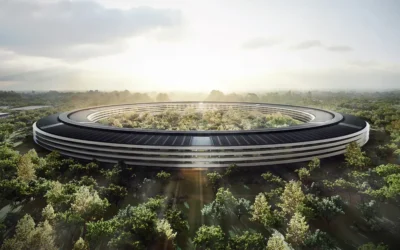
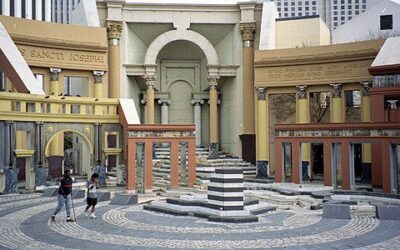
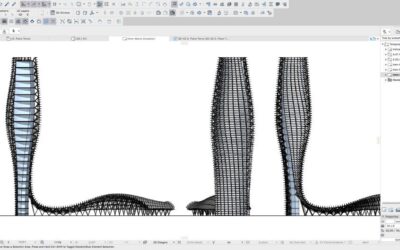
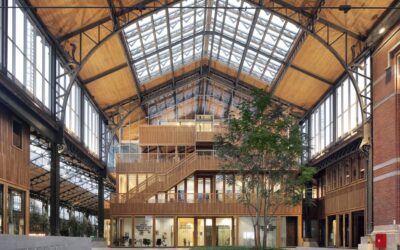
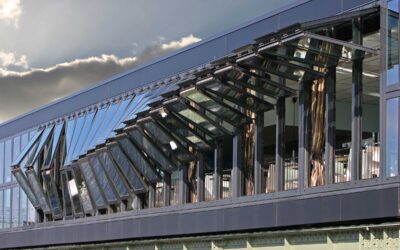

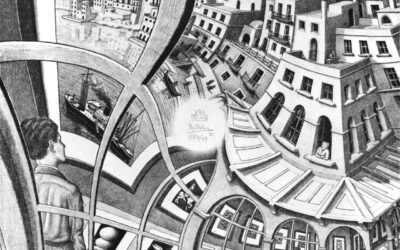

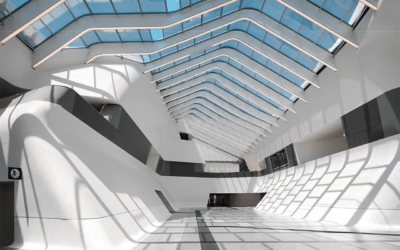

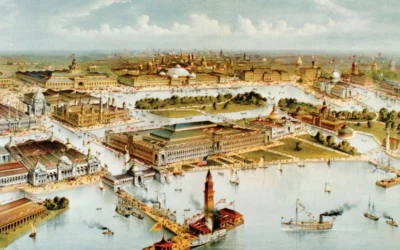
0 Comments